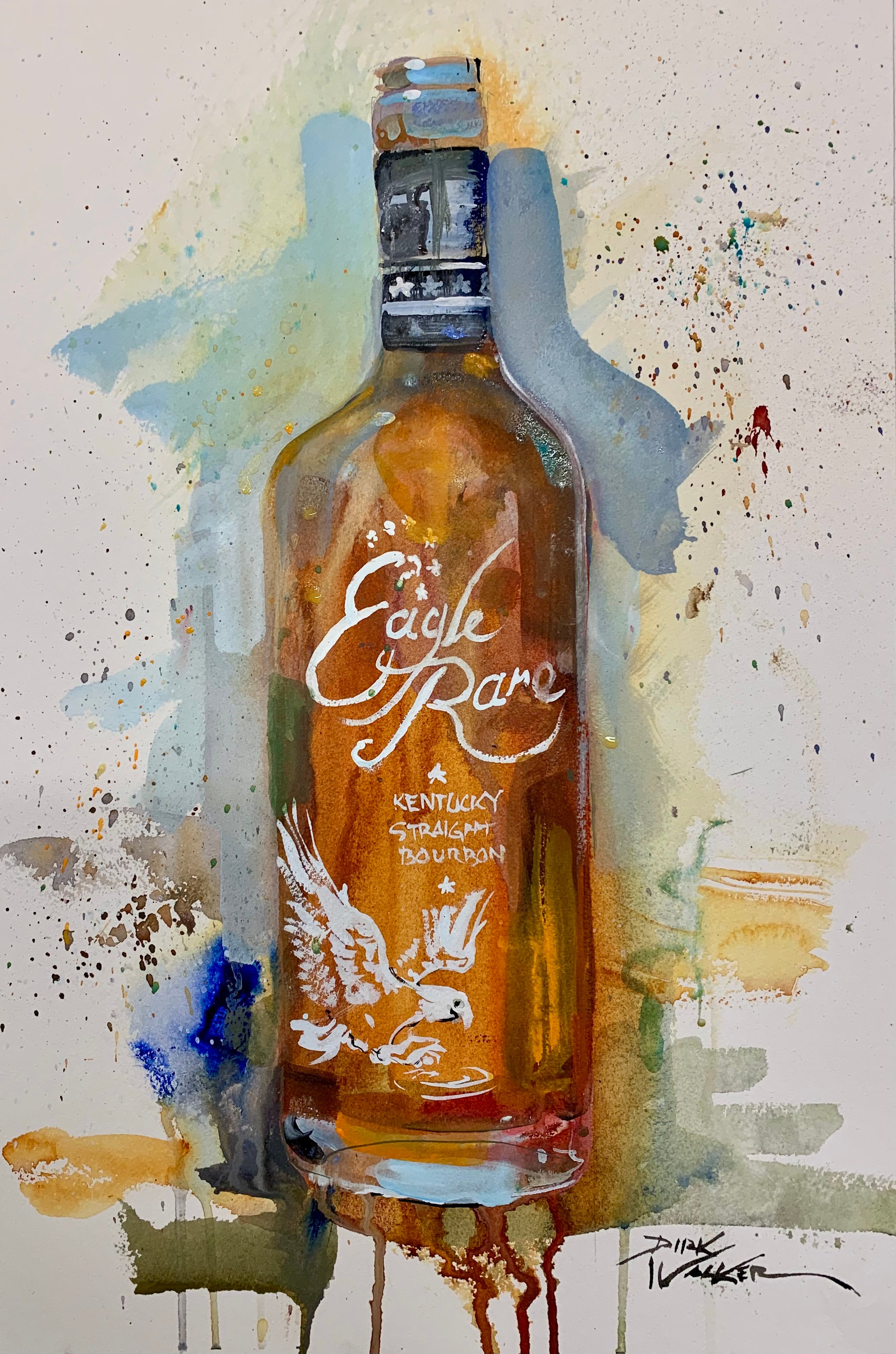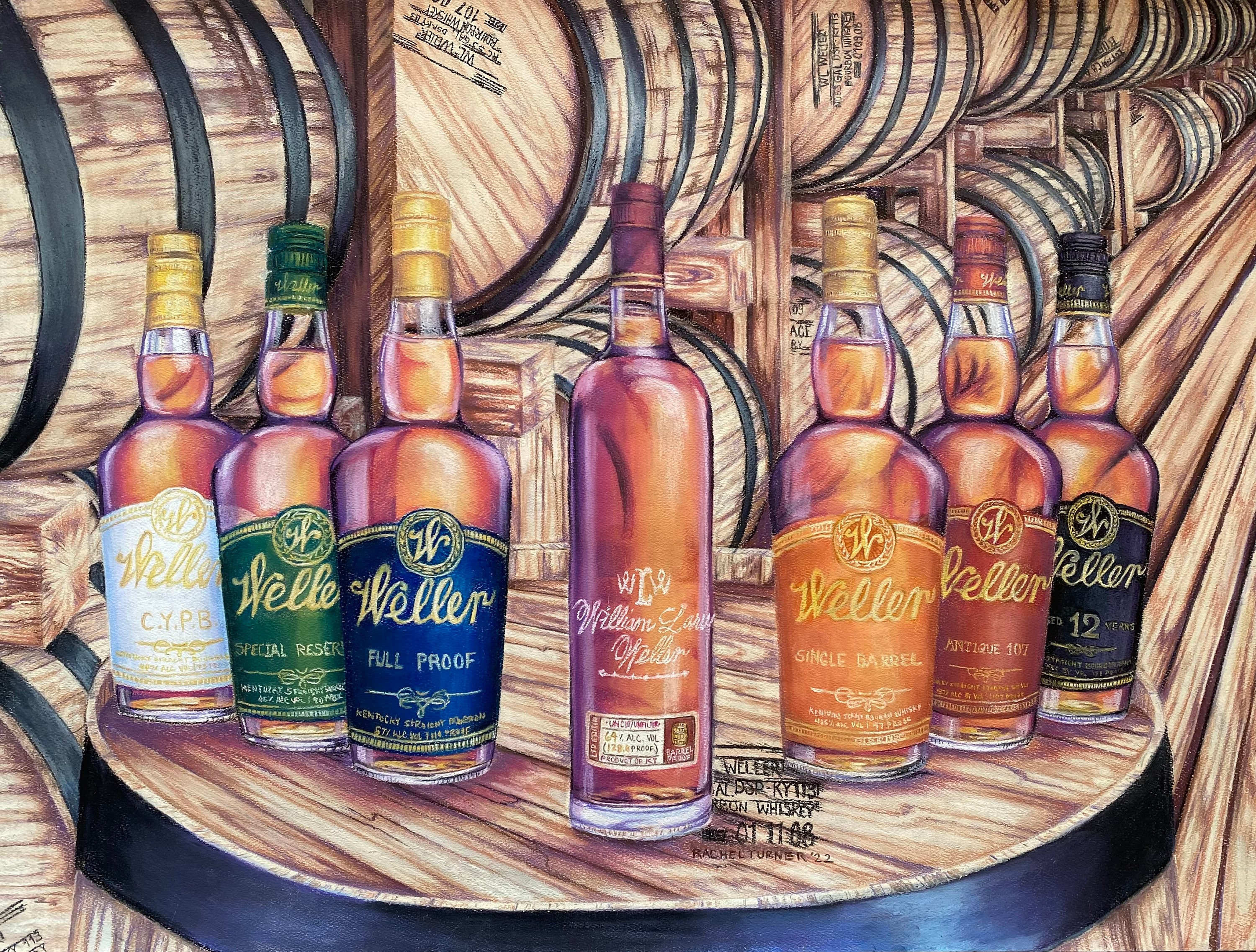Whiskey Art as a Declaration: Just How It Improves Home Decoration
Whiskey Art as a Declaration: Just How It Improves Home Decoration
Blog Article
The Relevance of Whiskey Art in Celebrating Heritage and Workmanship in the Beverage Sector
The detailed partnership between scotch art and the celebration of heritage and workmanship within the beverage market can not be overemphasized. With attentively designed labels and containers, whiskey brand names encapsulate their historical origins and the artisanal abilities that specify their production methods. This imaginative measurement not just enhances market charm but additionally works as an avenue for cultural narration, fostering a much deeper connection in between the craft and the customer. As we discover the numerous aspects of this subject, interesting questions about the influence of modern patterns on typical techniques arise, triggering additional examination.
The Historic Roots of Whiskey
At the heart of bourbon's appeal lies a rich tapestry of historical roots that trace back to old human beings. The beginnings of scotch can be connected to the distillation techniques of the Sumerians and Babylonians around 2000 BCE, where early types of fermented grain beverages started to emerge. It was in the Middle Ages that the art of distillation developed substantially, specifically in Ireland and Scotland, leading to the production of bourbon as we understand it today.
The term "scotch" itself stems from the Gaelic word "uisce beatha," meaning "water of life." This expression underscores the cultural value of bourbon in Celtic societies, where it was usually related to routines, parties, and communal bonding. By the 15th century, purification ended up being an acknowledged craft within reclusive areas, paving the way for the establishment of legal distilleries.
As trade courses broadened, scotch's popularity grew, transcending regional borders and catching the interest of connoisseurs worldwide. Whiskey Art. This historic journey shows not only the craftsmanship behind scotch manufacturing however additionally its integral role in social and social contexts, marking it as a considerable beverage throughout background
Artistic Expression in Branding
Bourbon branding stands as a compelling junction of artistry and commerce, where aesthetic identification plays an important duty in shaping customer assumption. The aesthetics of bourbon labels, product packaging, and advertising materials mirror not just the brand name's story yet likewise its core values and heritage. Via artistic expression, distilleries convey a story that resonates with customers, stimulating feelings and triggering connections.
Making use of shade, typography, and images in branding serves to set apart products in a saturated market. As an example, standard themes might evoke a sense of authenticity and workmanship, while contemporary layouts can represent development and forward-thinking. This strategic creative direction enhances brand recognition and commitment, permitting consumers to create a personal relationship with the whiskey they select.
In addition, artistic expression in branding often functions as a celebration of regional heritage. Distilleries regularly include neighborhood signs or historic recommendations into their layouts, creating a feeling of area that welcomes customers to take part in a broader cultural experience. Ultimately, the virtuosity behind whiskey branding not just improves visual appeal yet additionally improves the general narrative of the brand, cultivating a deeper admiration for the craftsmanship and heritage ingrained in each container.
Craftsmanship in Container Layout
The virtuosity obvious in scotch branding prolongs past visual identity to include the craftsmanship included in bottle style. Each container acts as a vessel not just for the spirit within, however additionally for the tale it informs concerning its top quality, beginning, and custom. The layout procedure calls for thorough interest to detail, as components such as shape, product, and closure add substantially to the overall perception of the scotch.
Craftsmanship in bottle style entails picking premium glass that can boost the bourbon's shade and clearness, while additionally giving a tactile experience for the consumer. The silhouette of the container have to be both practical and visually enticing, frequently mirroring the heritage of the brand name. Several distilleries go with special shapes or printed logos that evoke a sense of credibility and history.
Additionally, the tag design and typography play a crucial duty in connecting the brand's narrative. Whiskey Art. A well-crafted container not just mesmerizes the customer's eye however also enhances the brand name's dedication to top quality and tradition. By doing this, the craftsmanship of bottle design ends up being a crucial aspect of the bourbon experience, combining creativity with an extensive respect for heritage
Social Relevance of Bourbon Art
Celebrating practice and craftsmanship, the cultural relevance of bourbon art transcends mere visual appeals, linking with the social and historical narratives of the areas where it stems. Each container functions as a canvas, portraying the unique tales, mythology, and practices that have shaped regional whiskey-making methods. The elaborate designs often reflect the heritage of the distillers, incorporating signs and themes that resonate with the culture and worths of their neighborhoods.

In enhancement, whiskey art plays an essential function in common gatherings and parties, functioning as a tangible link in between individuals and their shared experiences. By appreciating the virtuosity in bourbon packaging, consumers grow a much deeper understanding and regard for the craft, inevitably enhancing More Help their pleasure of the drink itself.
Modern Trends in Bourbon Discussion
In recent times, the discussion of whiskey has actually advanced to mirror modern tastes and fads while still honoring standard workmanship - Bourbon Art. Distilleries are progressively concentrating on aesthetic components that boost the overall alcohol consumption experience, bridging the space between heritage and modernity
Ingenious bottle styles have actually arised, usually incorporating sustainable materials and imaginative labels that inform compelling tales. Lots of brands now work together with regional artists, instilling their items with special aesthetic expressions that reverberate with customers. Additionally, limited-edition releases are commonly packaged in collectible internet containers, including worth and appeal for lovers.

Final Thought
Finally, scotch art functions as an important channel for revealing the heritage and craftsmanship fundamental in the beverage market. With intricate branding, cutting-edge container designs, and culturally significant artistic aspects, bourbon brands effectively recognize their traditions and get in touch with consumers. This creative narrative not just boosts the gratitude of whiskey yet additionally enhances community identification and pride among producers. Inevitably, bourbon art plays a necessary function in preserving and celebrating the abundant social tapestry of whiskey-making.


Craftsmanship in container design includes choosing high-grade glass that can enhance the bourbon's color and clarity, while also supplying a tactile experience for the consumer. In this method, the workmanship of bottle design becomes an important aspect of the scotch experience, merging virtuosity with a profound regard for heritage.
In conclusion, bourbon art over at this website offers as an important avenue for sharing the heritage and workmanship integral in the drink sector.
Report this page